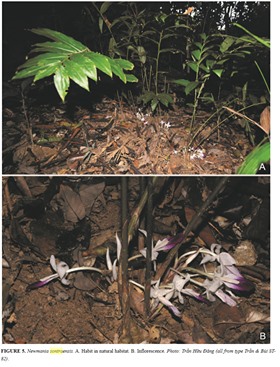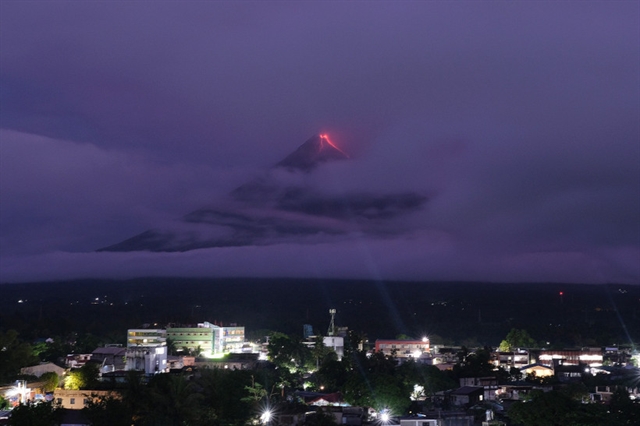 Environment
Environment

Reports about three new species of the ginger family – Newmania cristata, Newmania gracilis and Newmania sontraensis (Zingiberaceae: Zingibereae) – found in central Việt Nam were officially published by Phytotaxa (a botany journal) in September, bringing the number of species in this endemic Vietnamese genus to six.
 |
| A corner of the Sơn Trà Nature Reserve in Đà Nẵng. It has a rich biodiversity system from jungle to sea. — VNS Photo Công Thành |
ĐÀ NẴNG — Reports about three new species of the ginger family – Newmania cristata, Newmania gracilis and Newmania sontraensis (Zingiberaceae: Zingibereae) – found in central Việt Nam were officially published by Phytotaxa (a botany journal) in September, bringing the number of species in this endemic Vietnamese genus to six.
Dr Lưu Hồng Trường from the Southern Institute of Ecology (SIE) told Việt Nam News that the three new plant species were found by a team of biologists in the Sơn Trà Nature Reserve in Đà Nẵng.
The report recognised biologists Trường and Trần Hữu Đăng from SIE; Trần Ngọc Toàn from the centre for biodiversity research and conservation (GreenViet); Nguyễn Thành Trung from Núi Chúa National Park; Nguyễn Quốc Bình from the Việt Nam Nature Museum and Jana Skornickova from the Singapore Botanic Gardens.
Trường said that Newmania sontraensis had been chosen as the name as it was discovered in the Sơn Trà Nature Reserve.
He said the team discovered the new species in 2016, and scientific research was sent to Phytotaxa for recognition.
 |
| Three new species of the ginger family found in central Việt Nam have been officially recognised. — Photo courtesy Trần Hữu Đăng |
The rich biodiversity of Sơn Trà now boasts 370 animal species and 1,010 plant species, compared to 287 animal species and 985 plant species as previously recorded.
Trường said the reserve, 600 metres above sea level, was rare given its rich population of fauna and flora spreading from jungle to ocean over a relatively small area.
He said the 4,439ha reserve, 10km from Đà Nẵng, was a draw for biologists, conservationists and scientists worldwide.
According to the latest report, the reserve had 43 plant species listed as endangered in Việt Nam’s Red Book and the International Union for Conservation of Nature (IUCN).
The report also said five animal species, including the endangered red-shanked douc langurs (Pygathrix nemaeus); Pygmy slow loris (Nycticebus pygmaeus); pangolin (Manis Javanica); lesser short-nosed fruit bat (Cynopterus brachyotis); and the Indian muntjac or red muntjac (Muntiacus vaginalis) could be found living in the reserve.
In 2016, the IUCN agreed to promote the red-shanked douc langur to Critically Endangered status, granting it termless protection status around the world.
Biologists and scientists warn that the development of concrete buildings around the reserve, mostly holiday beach resorts, would soon push the endangered primates to extinction.
Huỳnh Đức Thơ, chairman of Đà Nẵng’s People’s Committee, dismissed rumours that a cable car system and entertainment park would be built over a vast area of the reserve, saying they were just ideas proposed by a property developer. — VNS




